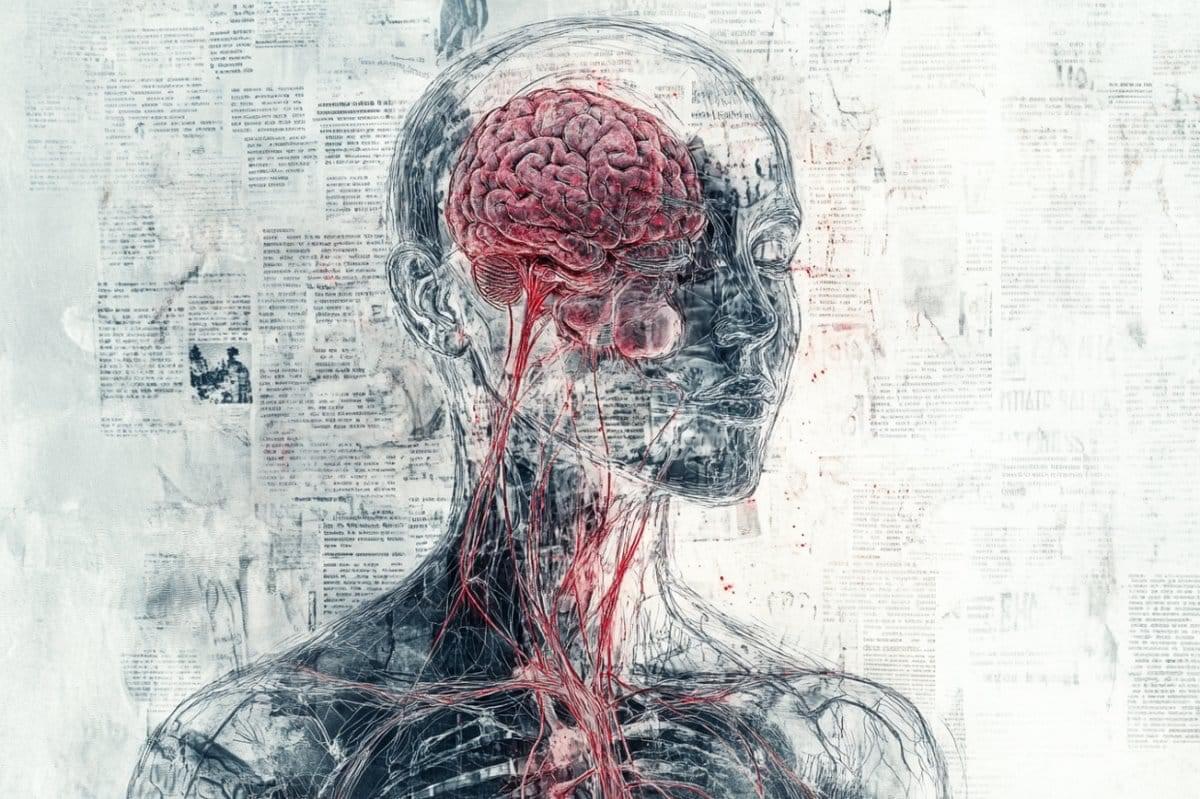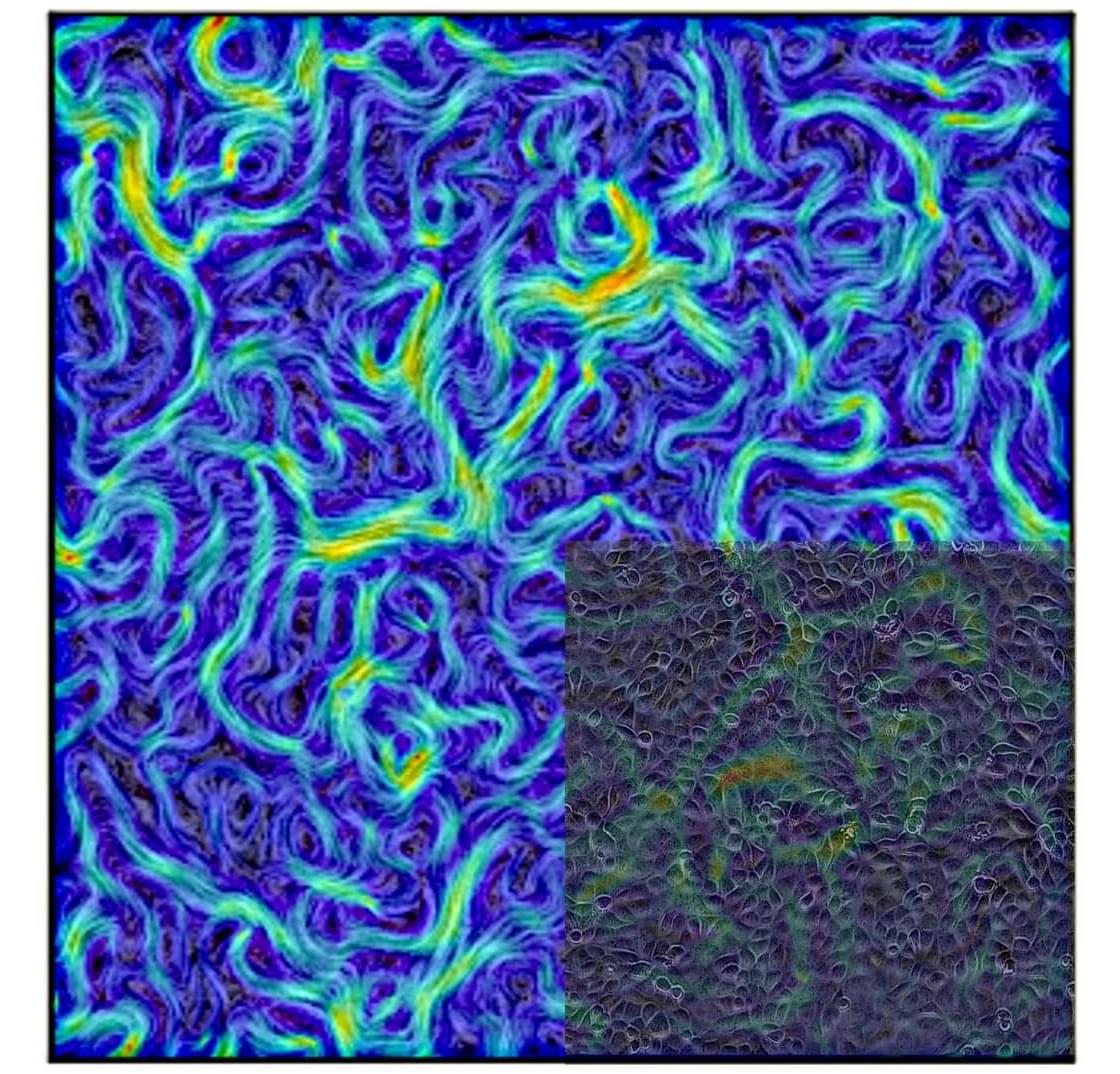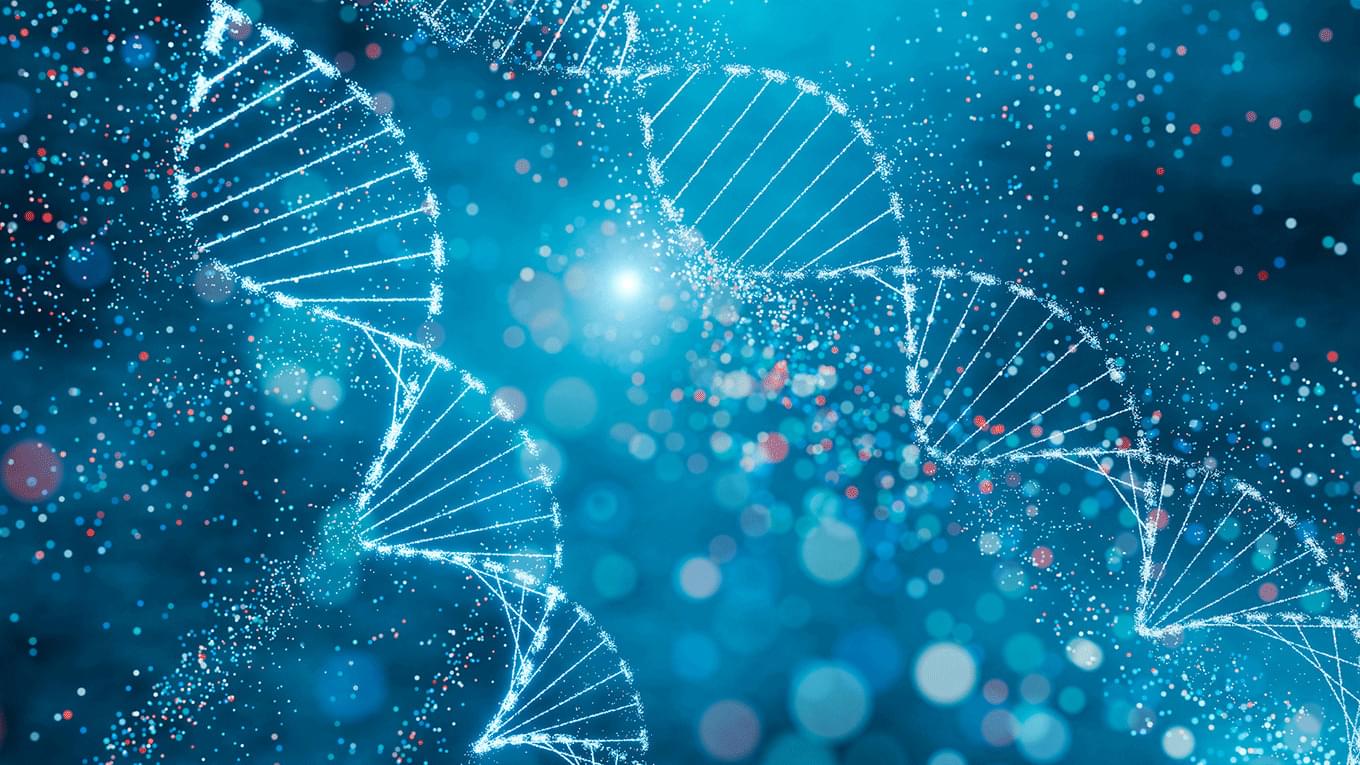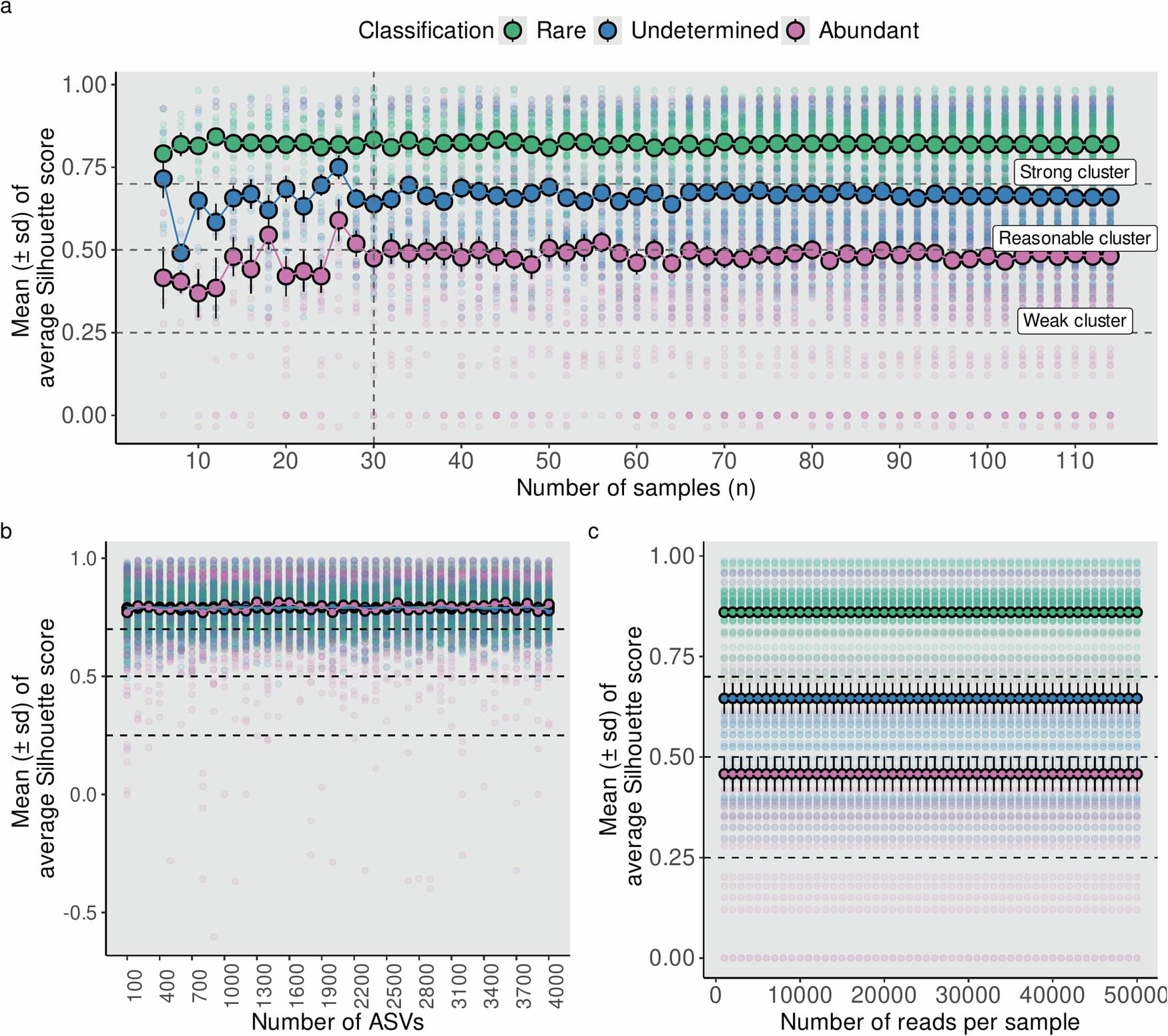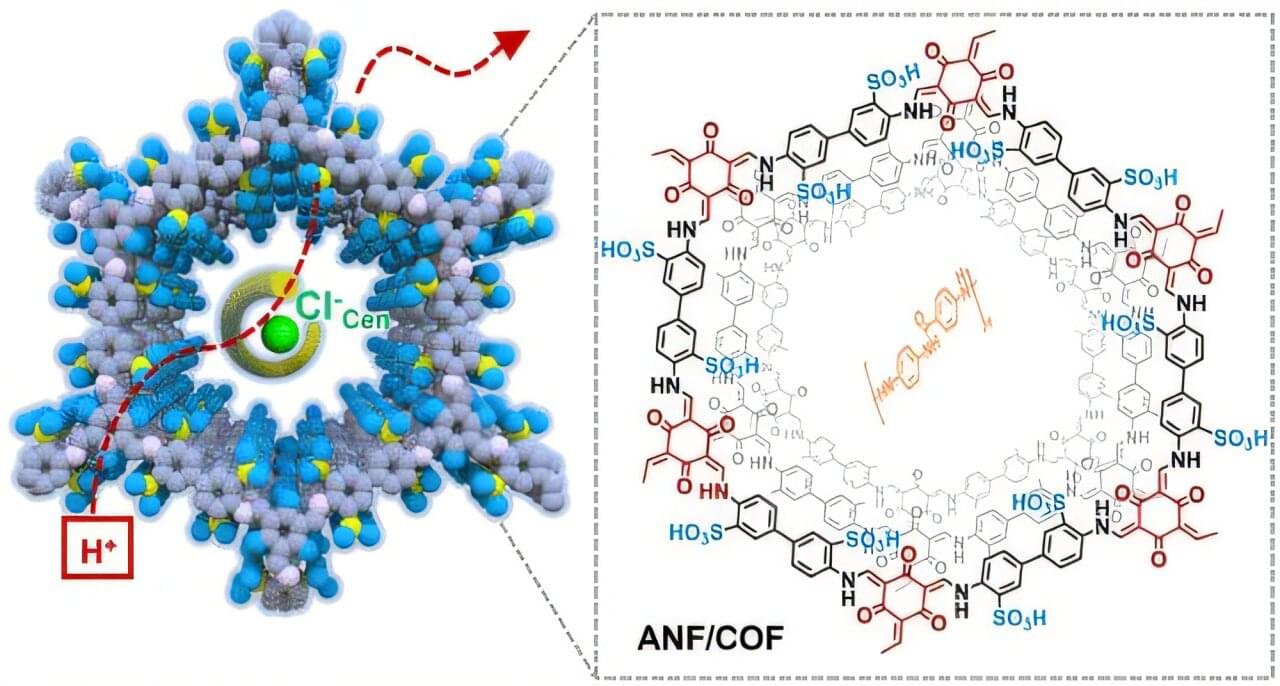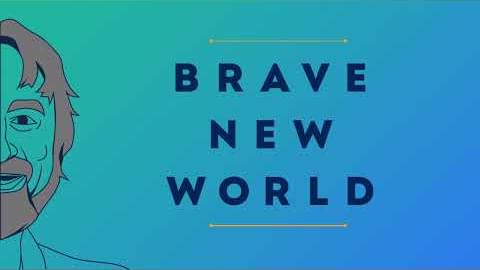Scientists have made a bold leap in the search for life’s origins, offering a fresh look at how chemistry might have crossed over into biology. At the center of this progress are coacervate droplets—tiny clusters of molecules that may be the missing link between lifeless matter and the first living cells.
Category: biological – Page 8
ADHD is apparently an unclassifiable, unmeasurable disorder that requires costly amphetamines to remedy.
Survivors of the 1995 Oklahoma City bombing continue to carry hidden biological imprints of trauma, even decades after the event and in the absence of visible mental health issues.
In a new Nature Physics study, researchers have provided evidence of universal conformal invariance in living biological cells. They show that a universal feature in the collective behavior emerges in groups of living cells.
The researchers studied four cellular systems to find evidence of universal conformal invariance. Despite being separated by billions of years of evolution, the researchers found that all four systems generated vortex-like flow patterns with identical statistical properties.
Phys.org spoke to one of the study’s co-authors, Dr. Amin Doostmohammadi, an Associate Professor at the University of Copenhagen.
Evo 2, the largest AI model in biology to date, can accurately predict the effects of all types of genetic mutations
Identifying rare microorganisms in microbiome data just got easier. A team of researchers from Portugal and Canada has developed a new tool that uses machine learning to automatically detect rare biosphere in ecological datasets.
The aim is to quickly, autonomously and unsupervisedly identify rare microorganisms in microbiome datasets. This new tool, named ulrb, responds to a long-standing challenge in microbial ecology: distinguishing rare microorganisms from the most abundant in natural environments.
The new methodology and the new ulrb software have now been published in the study “Definition of the microbial rare biosphere through unsupervised machine learning” in the journal Communications Biology.
A research team from the Qingdao Institute of Bioenergy and Bioprocess Technology of the Chinese Academy of Sciences, along with collaborators, has introduced a novel membrane design that mimics biological protein channels to enhance proton transport for efficient energy harvesting. The study was published in the Journal of the American Chemical Society.
Proton transport is fundamental to many biological processes and energy conversion methods. Inspired by the ClC-ec1 antiporter found in Escherichia coli, which facilitates the movement of chloride (Cl-) and protons, the researchers developed a hybrid membrane composed of covalent organic frameworks (COFs) integrated with aramid nanofibers (ANFs).
This ANF/COF composite forms a robust hydrogen-bonding network and features amide groups that selectively bind to Cl- ions, significantly lowering the energy barrier for proton conduction.
Memory, consciousness and the self aren’t what you think they are. Michael Levin joins Vasant Dhar in episode 91 of Brave New World to explain why the distinction between machines and organisms will soon fall apart. Useful resources 1. Michael Levin at Tufts, Wikipedia, Twitter, Google Scholar and The Levin Lab. 2. There’s Plenty of Room Right Here: Biological Systems as Evolved, Overloaded, Multi-scale Machines — Joshua Bondard and Michael Levin. 3. Self-Improvising Memory: A Perspective on Memories as Agential, Dynamically Reinterpreting Cognitive Glue — Michael Levin. 4. The Space Of Possible Minds — Michael Levin. 5. Endless forms most beautiful 2.0 — Wesley Clawson and Michael Levin. 6. My Octopus Teacher — Pippa Ehrlich and James Reed. 7. Pippa Ehrlich on the Mysteries of the Sea — Episode 77 of Brave New World. 8. Turing Patterns. 9. Mark Solms’ theory of consciousness — SelfAwarePatterns. 10. Mark Solms on Consciousness. Check out Vasant Dhar’s newsletter on Substack. Subscription is free!
What do smart bandages, ocean-powered sensors, and quantum biology have in common? They’re all part of Dr. Leonard Tender’s work at DARPA. On the latest episode of Voices from DARPA, he discusses his fascinating research in the Biological Technologies Office and how these innovations are shaping the future of national security.
Scientists have discovered a new phylum of microbes in Earth’s Critical Zone, an area of deep soil that restores water quality. Ground water, which becomes drinking water, passes through where these microbes live, and they consume the remaining pollutants. The paper, “Diversification, niche adaptation and evolution of a candidate phylum thriving in the deep Critical Zone,” is published in the Proceedings of the National Academy of Sciences.
Leonardo da Vinci once said, “We know more about the movement of celestial bodies than about the soil underfoot.” James Tiedje, an expert in microbiology at Michigan State University, agrees with da Vinci. But he aims to change this through his work on the Critical Zone, part of the dynamic “living skin” of Earth.
“The Critical Zone extends from the tops of trees down through the soil to depths up to 700 feet,” Tiedje said. “This zone supports most life on the planet as it regulates essential processes like soil formation, water cycling and nutrient cycling, which are vital for food production, water quality and ecosystem health. Despite its importance, the deep Critical Zone is a new frontier because it’s a major part of Earth that is relatively unexplored.”


